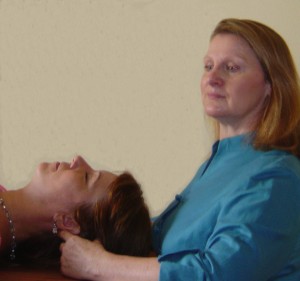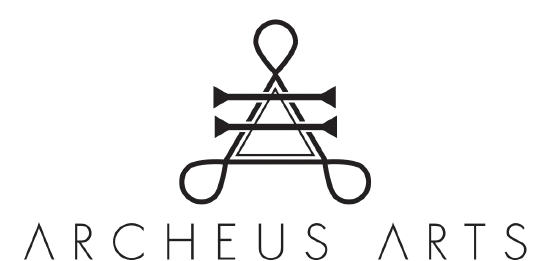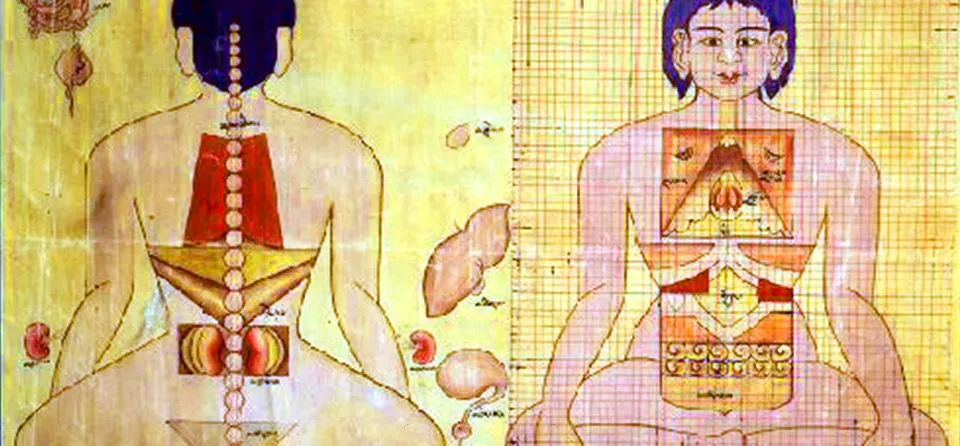What is Tibetan Cranial?
Tibetan Cranial: An Ancient Healing Art
Tibetan Cranial® is a healing modality that originated in the Himalayan highlands about 3,000 years ago and is now practiced in its traditional form in the West. TC Practitioners use their fingertips to read hundreds of pulses on the recipient’s head.
With the pulses as their guide, Practitioners touch specific points on the neck and bones of the skull, including the face, the back of the head, and the palate. As the Practitioners apply gentle pressure, the pulses shift. The process continues until the pulses reach a place of balance.
The practice is a disciplined approach, designed to re-align and restore our innate capacity for self-healing. Recipients report that TC has led to transformation on all levels of their being: physical, mental, emotional, and spiritual.

From East to West
Known traditionally as “Thoba Khujatag,” or skull moving, Tibetan Cranial was historically transmitted orally from teacher to apprentice in a monastic environment in Tibet. Passed down through generations of deeply-devout Buddhist monks, the practice was not just a form of Tibetan medicine. It also was considered to be sacred knowledge.
Thoba Khujatag nearly became extinct after the destruction of these Tibetan monasteries following the 1950 Chinese invasion and subsequent occupation. The work survives only because one monk, while in exile in Nepal, taught this healing art to Shar Lee, an American from the Midwest. Shar found the monk in Katmandu as she journeyed around the world to learn from healers of different traditions.
Shortly after receiving the teachings and returning home to the U.S., Shar learned that the monk had passed and that he had not taught the practice to anyone else. Extensive research and searching led Shar to the realization that only a few monks who knew this work survived the destruction in Tibet, and that she was the only person taught by any of those monks.
With the survival of this ancient lineage resting in her hands, Shar began to teach it to others, always insisting on keeping the work true to its traditional form. The work is taught through oral transmission and hands-on instruction, without manuals or videos.
Practitioners promise to maintain the tradition of TC, neither changing its methods nor integrating it with other approaches. Unlike typical training programs that rely on completion of standard requirements over a pre-determined timeframe, Tibetan Cranial Apprentices are released to become Practitioners once they have become highly-skilled and spiritually matured — reflected in changes in their own pulses.
Although these traditional Eastern methods can be challenging for those in the West, Practitioners agree they are essential for maintaining TC’s powerful healing effects.
With experienced Practitioners now spreading TC in the US, Europe, and Asia, Shar has taken the next step in ensuring the survival and growth of TC by training others to become teachers.
How Does Tibetan Cranial Work?
From within the viewpoint of Tibetan Cranial, TC works by fine-tuning the plates of the skull, along with their relationship to the neck. This fine-tuning optimizes the physical relationship of the bones to each other as well as the flow of energy and fluids through the recipient. Physical touch promotes opening of energy channels that in turn promotes healing at the levels of the physical and energetic bodies and the mind.
Because people often store emotions in their bodies, TC can also assist with healing at an emotional level. Moreover, by incorporating a spiritual aspect via the alignment of the Practitioner and recipient and the silent recitation of mantra, TC can bring integration of spirit, as well.
Thus, TC takes a holistic view, seeing the body, mind, emotions, and spirit as linked, with TC having the potential to affect all of those aspects of the Being. A TC Practitioner views the person on the table as already perfect but perhaps in need of assistance to rebalance or to reconnect to that innate perfection.
Instead of merely working with symptoms or imposing a temporary fix, TC can initiate or boost the recipient’s own innate healing capacity, leading to a more complete and deep level of healing.

A Powerful and Unique Healing Modality
TC Practitioners employ a system of pulse reading that involves disciplined technique and attuned intuition. Practitioners learn to feel pulsations that reflect imbalances in the body. This pulse-reading is objective in that multiple Practitioners working with the same recipient feel the same pulsations. In deciding how to respond to the pulses, Practitioners apply their training and intuition developed from their experience in doing this work on hundreds of recipients.
People often ask if TC is similar to Cranial Sacral Therapy, massage, or energy work. It is truly different from other healing modalities. The system of pulse reading is unique, as is the method of applying touch to the bones of the skull (including the palate) in response to the pulses. In addition to working with the bones of the skull in a unique way, TC has methods for working with imbalances in the neck and jaw not found in any other healing method. Moreover, TC involves working only from the neck up. The recipient lies on a special table that enables the work to affect the rest of the body.
TC involves physical work through gentle pressure applied to the neck and bones of the skull. It involves energetic work as well. The pulses reflect the flow of energy through the recipient, as well as the physical state of the body and the flow of fluids. TC works with other aspects of the Being, too. As the recipient lies on the table, the Practitioner kneels at the recipient’s head, creating a connection between the Practitioner’s heart chakra and the recipient’s crown chakra. Both the Practitioner and recipient engage in silent mantra, the repetition of a phrase, affirmation, prayer, or sound, generally of a spiritual nature. Because TC work is physical, energetic, and spiritual, it can affect the body, mind, emotions, and spirit.
TC assists the body in correcting its own imbalances. Practitioners listen to what the recipient’s body is saying through the pulses, and provide support for the recipient’s body to shift toward balance, health, and equanimity. The fundamental beauty of this work is its ability to support the body in its ongoing efforts to heal itself.
Because TC aids the recipient’s own healing abilities, the effects of the work can continue to develop even after the session ends. The results of even one session can continue long after it has been completed. People commonly experience further benefit from multiple sessions. Traditionally, people received sessions for seven consecutive days. Although that traditional commitment is more than many are inclined to make or to fit into their schedule, multiple sessions can be helpful even when spread out. Like peeling layers from an onion, multiple sessions can allow the work to penetrate to deeper levels of the body, mind, and spirit. Depending on a person’s circumstances, periodic “tune-ups” also may be helpful.
The Scientific Basis for Tibetan Cranial
Bridging Ancient Tradition and Modern Understanding
Disclaimer: Tibetan Cranial has not been evaluated from a Western medical standpoint. Practitioners, however, have a sense of what is happening from within a modern scientific framework. (Please note that this discussion reflects the opinions of TC Practitioners and is not intended to be interpreted as medical statements.)
TC Practitioners believe that TC has a significant impact on cerebrospinal fluid (CSF), which may account for much of the profound healing experienced by recipients. From an Eastern perspective, Tibetan Cranial works primarily with the water element, which includes CSF. Although there currently are no scientifically approved tools to measure CSF flow in humans, TC Practitioners believe—based on what they feel and observe—that TC helps balance its movement.
CSF circulates through the nervous system, cushioning the brain and spinal cord, regulating fluid balance, purifying neurons and glial cells, and transporting nutrients while removing waste. It acts as the body’s inner cleansing system, supporting neural health and function.
Recent scientific research (conducted in mice) has shown that CSF flow increases during sleep, allowing it to act like a “dishwasher,” flushing away toxins and waste from the brain. Disrupted CSF flow, such as from poor sleep or trauma, may contribute to neurodegenerative conditions. Balanced CSF flow is essential for optimal brain function.
Even minor cranial trauma—like a bump on the head—or more serious injuries can disturb CSF flow through compression, inflammation, or scar tissue. TC Practitioners attribute the relief many people experience after TC sessions to its harmonizing effect on the natural flow of CSF and energy.
Tibetan Cranial also may support the lymphatic system of the brain, which plays a vital role in clearing toxins and maintaining immune health. Recent discoveries confirm the presence of lymphatic vessels in the brain, directly connected to the body’s broader lymphatic system. TC may help optimize this delicate flow, promoting natural detoxification and restoration.

